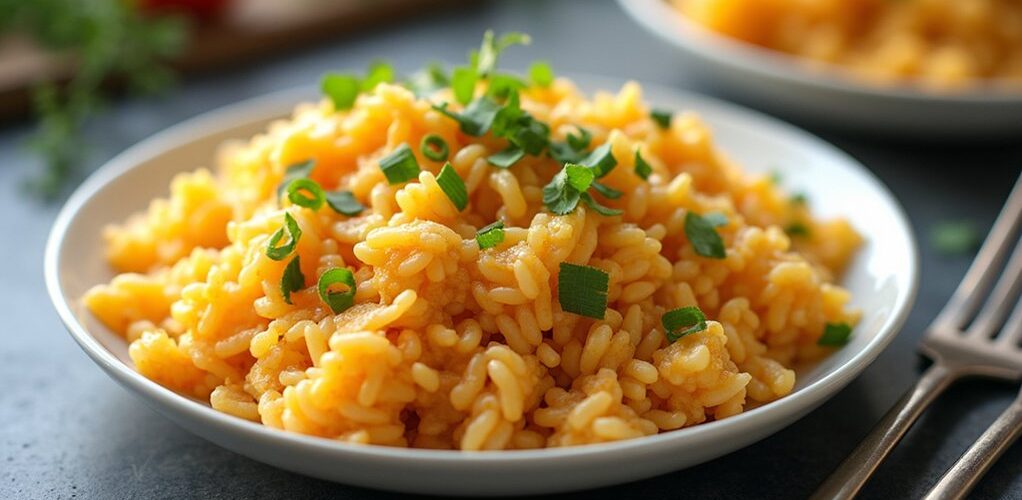
Several low-carb alternatives can effectively replace traditional rice while maintaining meal satisfaction. Riced cauliflower offers only 24 calories and 5 carbs per serving, while riced broccoli provides similar texture with just 29 calories. Quinoa delivers complete protein benefits, and zucchini rice contains merely 15 calories per serving. Shirataki rice presents another viable option with minimal carbs. These substitutions open doors to countless healthy meal possibilities while supporting various dietary goals.
Key Takeaways
- Riced cauliflower contains only 5 carbs per 100 grams and makes an excellent rice substitute for stir-fries and side dishes.
- Spiralized or riced zucchini provides just 2.7 carbs while maintaining a similar texture to rice in many dishes.
- Shirataki rice, made from konjac root, is virtually carb-free and works well in Asian-inspired dishes after proper rinsing.
- Riced broccoli offers a nutrient-rich alternative with minimal carbs and can be easily prepared in a food processor.
- Shredded cabbage serves as a low-carb rice replacement that's particularly effective in stir-fries and bowls.
Understanding Rice and Its Impact on Health
Rice has established itself as a fundamental dietary staple for billions of people worldwide, yet its impact on health deserves careful consideration.
While traditional white rice provides energy through carbs, its high glycemic index can trigger significant blood sugar levels fluctuations, potentially increasing diabetes risk. With 22 grams of carbs per serving, white rice poses challenges for those seeking low calorie alternatives or following restricted diets.
Understanding these concerns has led many health-conscious individuals to explore low carb alternatives, such as cauliflower rice, which contains just 7 grams of carbs per serving.
The shift toward whole grains and vegetable-based substitutes often provides additional health benefits, including higher fiber content and better nutritional profiles. These alternatives can be high in protein while helping maintain steady blood sugar levels throughout the day. For those managing type 2 diabetes, following a ketogenic diet can aid in reducing blood glucose levels and improving insulin sensitivity.
Vegetable-Based Rice Substitutes
Among the most innovative developments in modern nutrition, vegetable-based rice substitutes have emerged as game-changing alternatives for health-conscious individuals seeking to reduce their carbohydrate intake.
Leading these nutritious alternatives to rice is riced cauliflower, containing just 24 calories and 5 carbs per 100 grams, followed by riced broccoli at 29 calories.
Shredded cabbage and riced zucchini offer particularly low-calorie alternative options, with zucchini containing only 15 calories and 2.7 carbohydrates per serving.
While riced sweet potatoes have a higher carbohydrate content, they still provide a healthier option than traditional rice.
For those following a keto diet, incorporating non-starchy vegetables like cauliflower and zucchini can support low-carb goals while providing essential nutrients.
Any healthcare professional would recommend these versatile substitutes for their ability to mimic rice's texture while greatly reducing overall carbohydrate consumption.
Whole Grain Rice Alternatives
While traditional rice remains a dietary staple worldwide, whole grain alternatives offer superior nutritional profiles with comparable versatility in cooking. These low-carb alternatives provide enhanced nutrient density and better blood sugar management. Quinoa stands out as a gluten-free option with complete protein, while bulgur wheat and farro deliver impressive fiber content for sustained energy.
| Grain Type | Protein (g/100g) | Fiber (g/100g) |
|---|---|---|
| Quinoa | 11 | 4.5 |
| Farro | 13 | 6.7 |
| Whole Wheat Couscous | 13 | 4.4 |
Each whole grain alternative brings unique benefits: quinoa offers all essential amino acids, bulgur wheat excels in blood sugar control, and whole wheat couscous provides Mediterranean versatility. These options maintain satisfying textures while delivering superior nutritional value compared to conventional rice.
Tips for Preparing Low-Carb Rice Swaps
Several simple preparation techniques can transform common vegetables into satisfying low-carb rice alternatives for health-conscious individuals.
For ideal results, process raw cauliflower in a food processor to create riced cauliflower, offering just 7 grams of carbs per serving. Similarly, riced broccoli can be prepared by pulsing florets until they reach a rice-like consistency, providing a mere 4 grams of carbs.
Transform cauliflower and broccoli into low-carb rice alternatives by pulsing in a food processor, yielding just 4-7 grams of carbs per serving.
When incorporating shirataki rice, a virtually zero-calorie option, rinse thoroughly before cooking to remove any distinct odor.
Zucchini noodles serve as another healthy low-carb alternative, easily created using a spiralizer.
To enhance the flavor of these rice alternatives, experiment with various seasoning combinations, including herbs, spices, and aromatics, as these substitutes typically have milder natural tastes than traditional rice.
Olive oil, rich in monounsaturated fats and antioxidants, is a perfect choice for sautéing these rice alternatives to boost flavor and nutritional value.
Making the Switch: Meal Planning With Rice Alternatives
Successfully shifting to low-carb rice alternatives requires thoughtful meal planning and strategic substitutions in everyday recipes. By incorporating options like riced cauliflower and shirataki rice, individuals can greatly reduce their carbohydrates per serving while maintaining satisfying meals. When planning weekly menus, consider mixing complete protein sources like quinoa with lower-carb alternatives to balance blood sugar and calories effectively. Replace fried rice dishes with colorful riced cauliflower stir-fry. Transform sushi rolls using thin-sliced cucumber instead of rice. Create hearty grain bowls with barley and roasted vegetables. Prepare Mexican-style rice using seasoned riced broccoli. Craft Asian-inspired dishes with shirataki rice noodles. For those on a keto diet, incorporating Shirataki noodles into your meals can be an excellent way to maintain low carbohydrate intake while still enjoying satisfying textures and flavors. These rice substitutes can be seamlessly integrated into meal planning routines, offering variety while maintaining lower carbohydrate intake and nutritional benefits.
Frequently Asked Questions
What Is the Best Low-Carb Substitute for Rice?
Shirataki rice, made from konjac root, offers the lowest carb content with less than 1g per serving, followed by cauliflower rice and riced broccoli as nutritious, versatile alternatives.
What Is a Good Carb Besides Rice?
Quinoa offers complete protein and essential amino acids, while bulgur wheat provides high fiber content. Both are nutritious alternatives, with quinoa delivering 11g protein and bulgur containing 81g carbohydrates per serving.
What to Replace Rice With for Diet?
Popular rice replacements include cauliflower rice, shirataki rice, and broccoli rice for low-calorie diets. Quinoa offers protein benefits, while zucchini noodles, spaghetti squash, and riced turnips provide nutritious alternatives.
What Is a Better Carb Than Rice?
Quinoa offers superior nutritional benefits with complete protein content. Other better carb alternatives include barley dishes, bulgur wheat, and chickpea pasta, while cauliflower rice and shirataki rice provide low-carb options.
Conclusion
Making the switch from traditional rice to low-carb alternatives offers numerous health benefits while maintaining satisfying meals. Whether choosing cauliflower rice, quinoa, or other grain substitutes, these options provide essential nutrients with fewer carbohydrates. By incorporating these alternatives into meal planning and mastering preparation techniques, anyone can successfully reduce their carbohydrate intake without sacrificing flavor or texture in their favorite rice-based dishes.
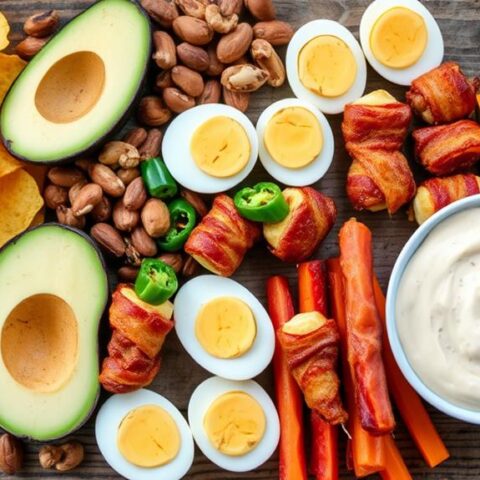
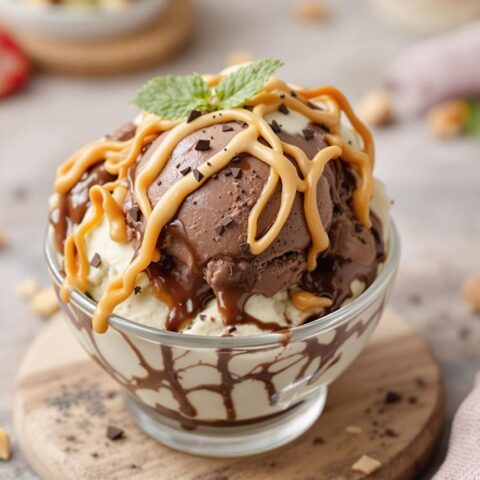
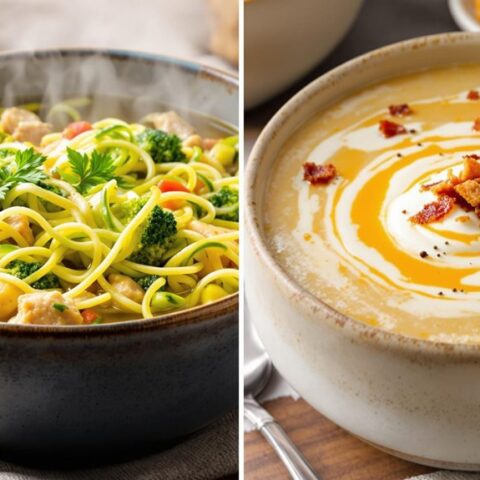
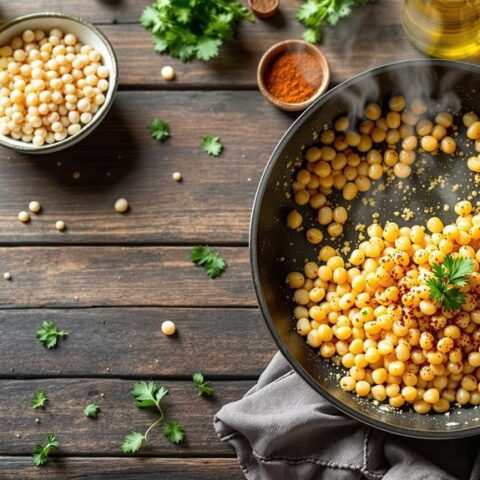

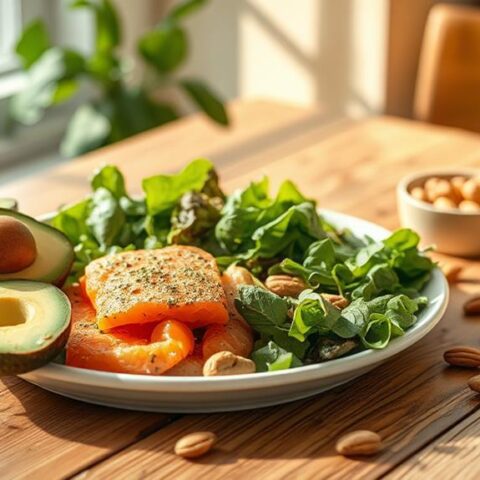
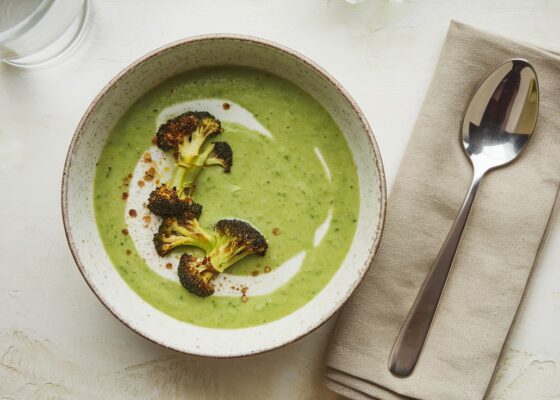



No Comments